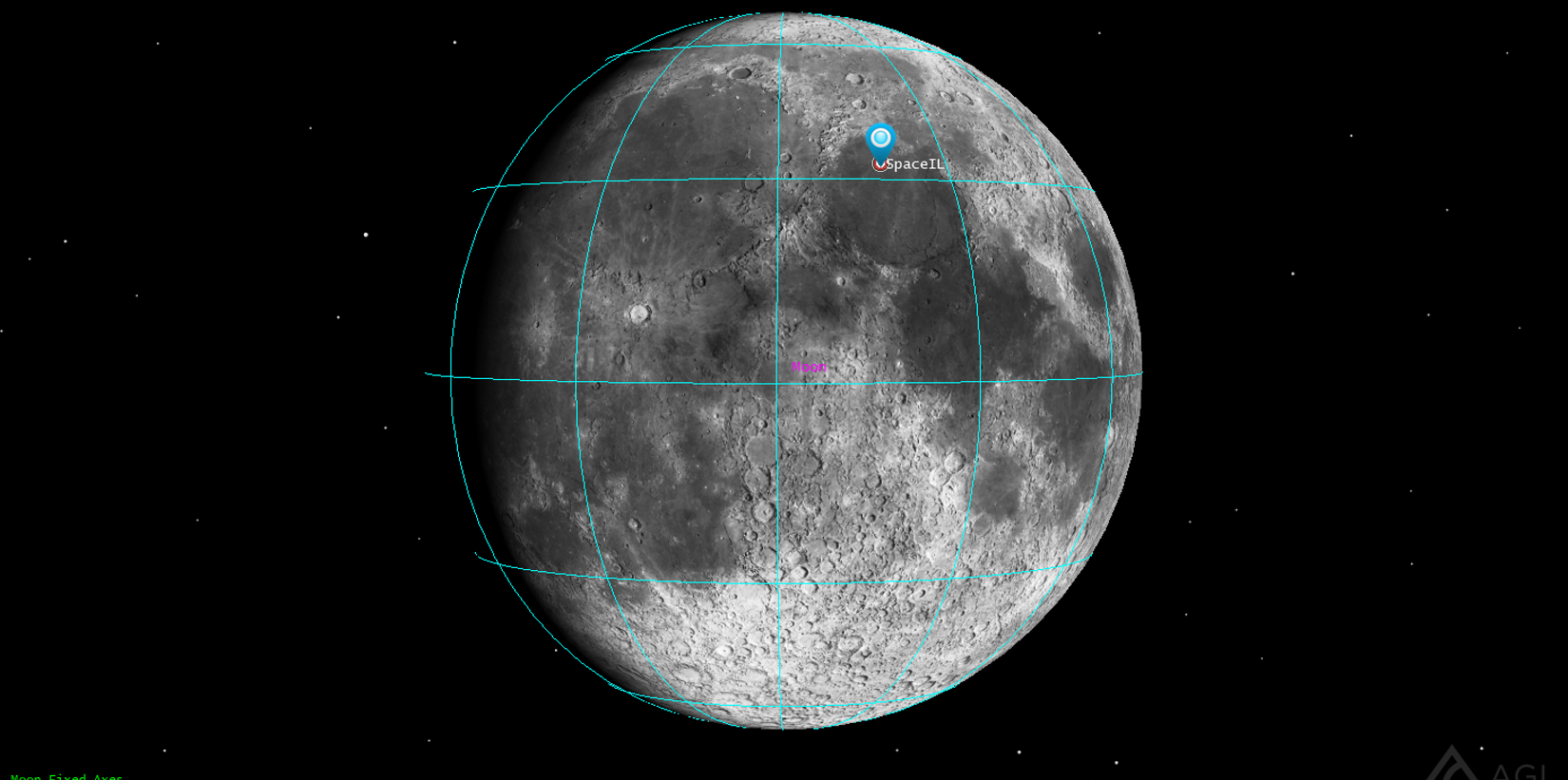For the first time later this week, a privately developed moon lander will launch aboard a privately built rocket, organized by a private launch coordinator. It’s an historic moment in space and the Israeli mission stands to make history again if it touches down on the Moon’s surface as planned on April 11.
The Beresheet (“Genesis”) program was originally conceived as an entry into the ambitious but ultimately unsuccessful Google Lunar Xprize in 2010, which challenged people to accomplish a lunar landing, with $30 million in prizes as the incentive. The prize closed last year with no winner, but as these Xprize competitions aim to do, it had already spurred great interest and investment in a private moon mission.
SpaceIL and Israel Aerospace Industries worked together on the mission, which will bring cameras, a magnetometer and a capsule filled with items from the country to, hopefully, a safe rest on the lunar surface.
The Beresheet lander ahead of packaging for launch
The launch plan as of now (these things do change with weather, technical delays and so on) is for takeoff at 5:45 Pacific time on Thursday — 8:45 PM in Cape Canaveral — aboard a SpaceX Falcon 9 rocket. A live stream should be available shortly before, which I’ll add here later or in a new post.
Thirty minutes after takeoff the payload will detach and make contact with mission control, then begin the process of closing the distance to the Moon, during which time it will circle the Earth six times.
Russia, China and of course the U.S. are the only ones ever to successfully land on the Moon; China’s Chang’e 4 lander was the first to soft-land (as opposed to impact) the “dark” (though really only far — it’s often light) side and is currently functional.
But although there has been one successful private lunar flyby mission (the Manfred Memorial probe) no one but a major country has ever touched down. If Beresheet is a success it would be both the first Israeli moon mission and the first private mission to do so. It would also be the first lunar landing to be accomplished with a privately built rocket, and the lightest spacecraft on the Moon and, at around $100 million in costs, the cheapest as well.
 Landing on the Moon is, of course, terribly difficult. Just as geosynchronous orbit is far more difficult than low Earth orbit, a lunar insertion orbit is even harder, a stable such orbit even harder and accomplishing a controlled landing on target even harder than that. The only thing more difficult would be to take off again and return to Earth, as Apollo 11 did in 1969 and other missions several times after. Kind of amazing when you think about it.
Landing on the Moon is, of course, terribly difficult. Just as geosynchronous orbit is far more difficult than low Earth orbit, a lunar insertion orbit is even harder, a stable such orbit even harder and accomplishing a controlled landing on target even harder than that. The only thing more difficult would be to take off again and return to Earth, as Apollo 11 did in 1969 and other missions several times after. Kind of amazing when you think about it.
Seattle’s Spaceflight coordinated the launch, and technically Beresheet is the secondary payload; the primary is the Air Force Research Labs’ S5 experimental satellite, which the launch vehicle will take to geosynchronous orbit after the lunar module detaches.
Although Beresheet may very well be the first, it will likely be the first of many: other contenders in the Lunar Xprize, as well as companies funded or partnering with NASA and other space agencies, will soon be making their own attempts at making tracks in the regolith.
Source : Watch the historic first private mission to the Moon launch Thursday night









